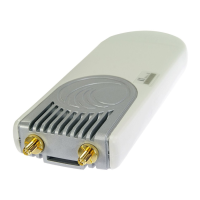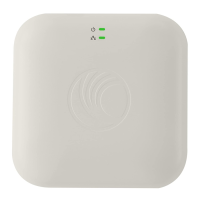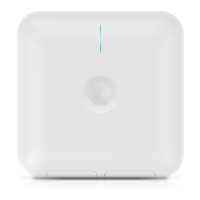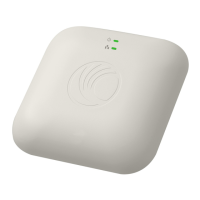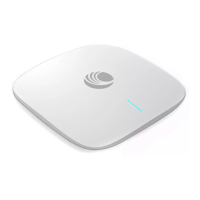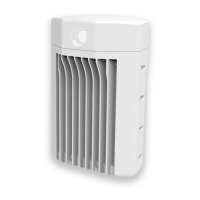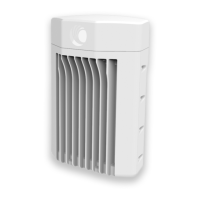CHAPTER 3: SYSTEM PLANNING
PAGE 3-34
Data network planning
This section describes factors to be considered when planning ePMP data networks.
Ethernet interfaces
The ePMP Ethernet ports conform to the specifications listed in Table 37.
Table 37 Ethernet bridging specifications
10BASE-Te/100BASE-Tx/1000BASE-T IEEE 802.3
IEEE 802.3at (PoE)
IEEE802.3u compliant Auto-negotiation
Maximum Ethernet Frame Size
Service classes for bridged
traffic
Note Practical Ethernet rates will depend on network configuration, higher layer
protocols and platforms used.
Over the air throughput will be capped to the rate of the Ethernet interface at the
receiving end of the link.
Management VLAN
Decide if the IP interface of the device management agent will be connected in a VLAN. If so, decide if
this is a standard (IEEE 802.1Q) VLAN or provider bridged (IEEE 802.1ad) VLAN, and select the VLAN ID
for this VLAN.
Use of a separate management VLAN is strongly recommended. Use of the management VLAN helps to
ensure that the device management agent cannot be accessed by customers.
Quality of service for bridged Ethernet traffic
Decide how quality of service will be configured in ePMP to minimize frame loss and latency for high
priority traffic. Wireless links often have lower data capacity than wired links or network equipment like
switches and routers, and quality of service configuration is most critical at network bottlenecks.
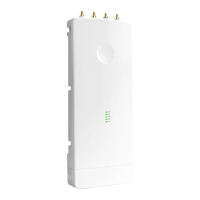
